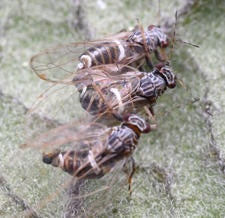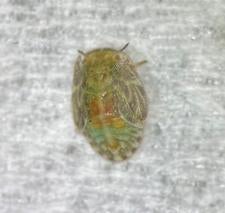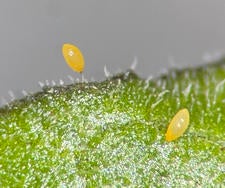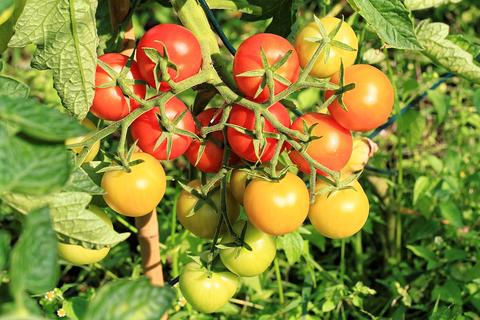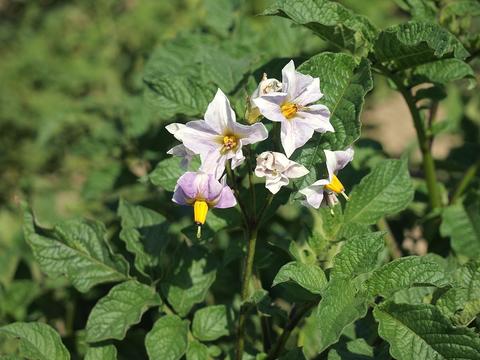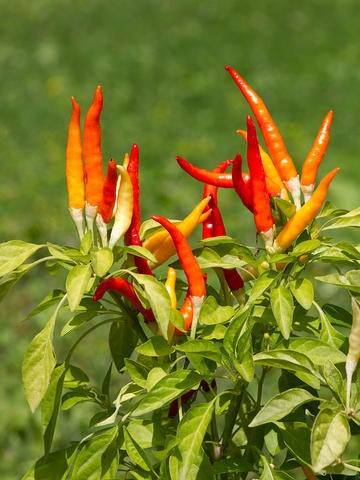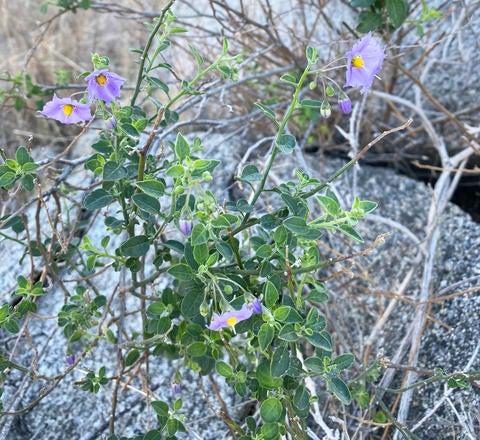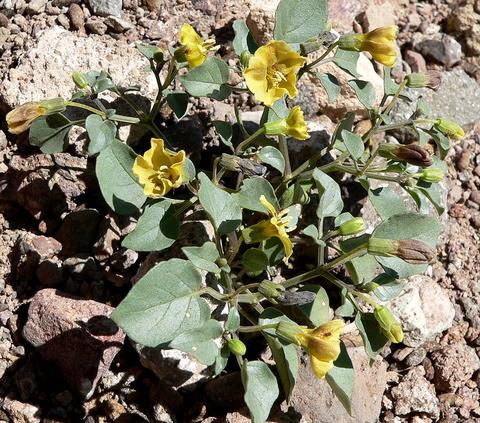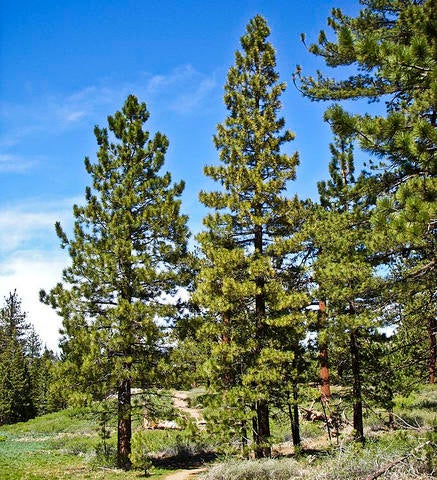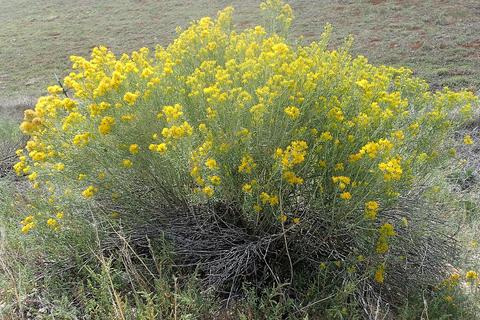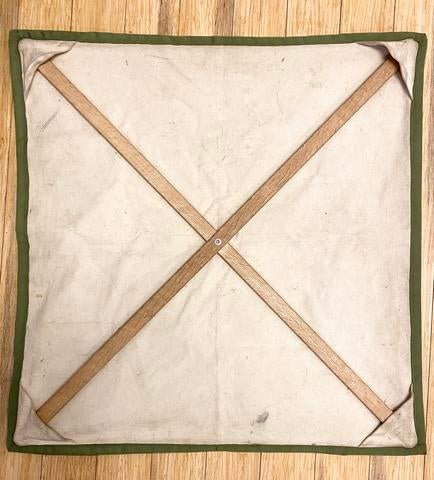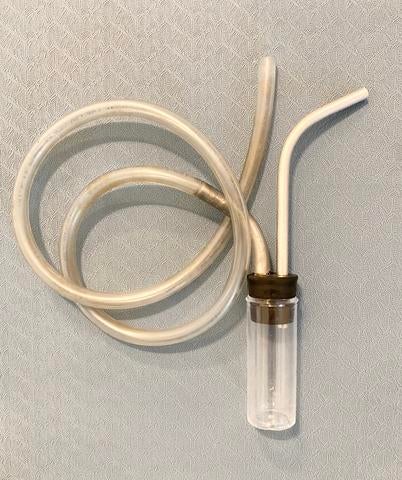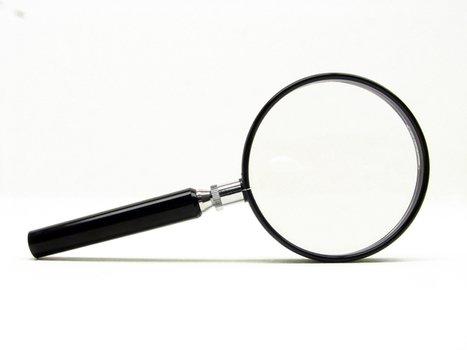Have you seen this insect?
Adult potato psyllids
Juvenile potato psyllid
Potato psyllid eggs
Bactericera cockerelli (the potato psyllid)
- tiny (~2 mm), sap-feeding insect in the order Hempitera (closely related to aphids and whiteflies)
- pest of crops in the nightshade family (Solanaceae), such as potatoes, tomatoes, and peppers, throughout western North America
- damages plants via feeding and by transmitting the bacterial plant pathogen Candidatus Liberibacter solanacearum (CLso)
- can also transmit CLso to wild solanaceous plants, though impacts on native plant health are unknown
- four unique genetic groups of potato psyllid have been identified, with biological differences that may have major implications for the spread of CLso in crops, as well as native plants
- but for large swathes of the country, the distribution of these genetic groups and their patterns of association with wild vs. crop plants are largely unknown
- with your help, we will remedy this problem by generating the highest resolution map to date of potato psyllid distribution, genetic diversity, and host plant associations
We are calling on volunteers to help us sample potato psyllids from both crops and native vegetation throughout western North America!
Click the link below to let us know how you can contribute!
https://forms.gle/ko6jS7LzJ5gbv6kE8
Note: Before collecting outside of your property, please ensure you have the proper permissions. Permits are required for collecting insects in State Parks, National Parks, and National Monument lands. Permits are not required for collecting pest insects (such as potato psyllids) in National Forests and Bureau of Land Management (BLM) land. Collecting pest insects is generally permitted in County Parks, roadside easements, and other county-owned properties. However, please check with your local jurisdiction, as this may vary from location to location. If you plan to collect on private property (including UC Reserves), please ensure you have permission from the land owner before proceeding.
Where to look for potato psyllids
Potato psyllids tend to feed on the undersides of young, actively growing leaves, making them a bit difficult to spot. However, during feeding they produce a sugary, white substance called honeydew. Thus, in your garden, you may notice this honeydew collecting on leaves, before you notice the psyllids themselves. Another clue may be the presence of their tiny, yellow eggs, sticking out from the edges of leaves on little stalks. In natural areas you are less likely to notice honeydew or eggs, because natural predators and parasites tend to keep potato psyllid populations from reaching a high density on native plants. In this case your best bet is to check plants for psyllids using an insect beating sheet. Scroll down for more info!
Cultivated Potato Psyllid Host Plants
If you grow any of these plants in your garden, be sure to check them for potato psyllids. In regions with mild winter climates, such as coastal and southern California, potato psyllids may be found reproducing on these plants year-round!
Native Potato Psyllid Host Plants
Keep an eye out in natural areas for potato psyllids reproducing on these plants!
Native Potato Psyllid Shelter Plants
Potato psyllids have been observed on a wide variety of native, evergreen plants during periods of the year when environmental conditions are poor (for example, too hot & dry in summer) and their preferred host plants (above) are not available. These are not considered true host plants, because potato psyllids cannot reproduce on them.
How to collect psyllids
Due to their small size and ability to hop and fly, psyllids can be nearly impossible to catch with just your bare hands (without squishing them!), so we recommend the following tools and techniques.
Tools for Collecting Psyllids
Because psyllids are very small and can hop away surprisingly quickly, the following items are extremely helpful for successfully collecting and identifying them. If you're in need of an aspirator and/or beat sheet to capture potato psyllids, sign up here and we'll send you one: https://forms.gle/ko6jS7LzJ5gbv6kE8

